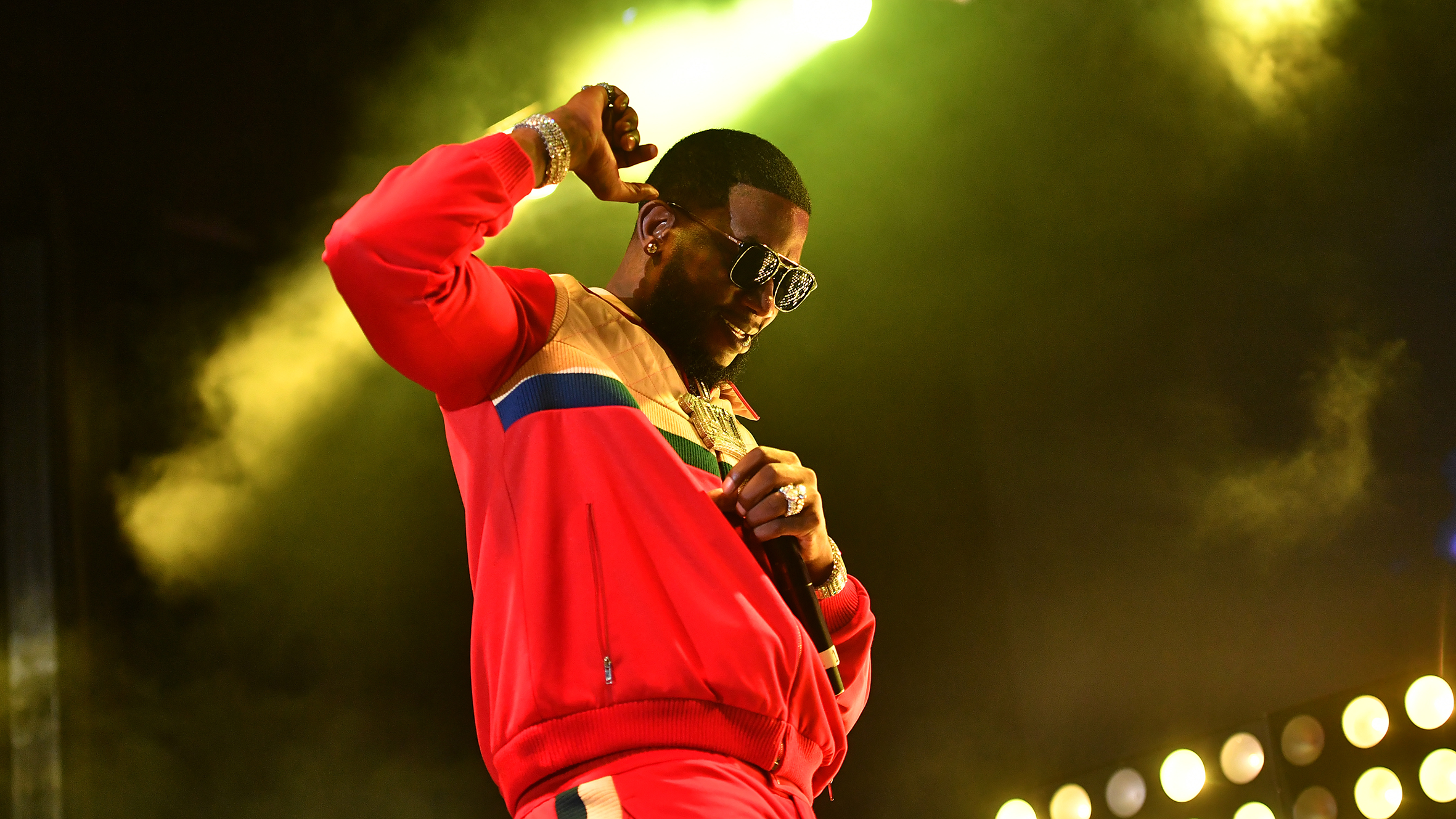The beginner's guide to: drill
From roots in South Side Chicago, this twist on trap has spawned regional variations around the world

It’s not uncommon to discover genres which thrive and evolve in different locations and contexts. Drill is a perfect example, a genre which emerged in Chicago but quickly evolved around the world, mutating and giving birth to regional variations in a totally organic way, feeding back into itself as it went.
The drill sound and name originated in Chicago around the early 2010s. South Side rappers led by Pacman began to refer to their output as ‘drill music’, a slang term referring to retaliating, getting hyped, fighting or shooting depending on who you ask.
In simple terms, drill could be seen as little more than an offshoot of trap, a hip-hop subgenre we’ve explored before in this column. Stylistically, the two sounds are clearly linked: typically in the 130-140bpm range with a woozy halftime feel, drill beats adopt much of the 808 instrumentation of the typical trap sound, but mix things up with more wonky snare and clap patterns, sparser hi-hats and often a distinctive sliding 808 bassline.

Lyrically, drill is defined by a cold-hearted nihilism which frequently eclipses even the most bleak moments of gangsta rap or trap. Drill is murder music, gang music on a serious level, echoing the backgrounds of rappers like Chief Keef, King Louie and Lil Durk.
Questioned in a 2014 interview on whether drill encouraged violence, pioneering drill producer Young Chop argued that the music simply reflected the gritty reality of Chicago gang life: “I don’t even know what drill music is, but whatever they think it is we just telling the truth. Everything that’s in the raps is the truth of what’s going on in the streets of Chicago right now.”
Lyrically, drill is defined by a cold-hearted nihilism
The Chicago drill sound quickly spread further afield, notably to London, where it was given a local twist with the introduction of grime and UK garage production influences such as warping basslines, plus different vocal styles, with less reliance on autotuned vocals, and flows inspired by road rap.

Unsurprisingly, London drill has not been without its own controversies, most notably in relation to lyrics which reflect gang feuds and knife crime. London Metropolitan Police Commissioner Cressida Dick blamed drill videos for encouraging violence, lobbying YouTube to remove dozens of videos from the site. In an unprecedented move, London group 1011 were also formally banned from making music without seeking permission from police.
Want all the hottest music and gear news, reviews, deals, features and more, direct to your inbox? Sign up here.
Nonetheless, the UK take on drill crossed over to significant chart success, beginning with Unknown T’s Homerton B in August 2018. The UK sound also fed directly back to the US – notably via Brooklyn rappers such as Pop Smoke and 22Gz linking up with a number of UK producers – and to Canada, via Drake’s 2019 track War, produced by London drill producer Axl.
Further afield, drill has spread all around the world, mutating and creating its own new forms in countries including Australia, Spain, the Netherlands and Ireland. Much like trap, drill has become a staple element of modern hip-hop culture and even, somewhat more surprisingly, mainstream pop music.
Russ Millions and Tion Wayne’s Body was not only the first drill track to reach the UK number one, it was also surely the first chart topper in which one of the artists brags about the evidence used to convict them for affray: “When I punch man, it’s grievous/They played back the CCTV/When I punched him, man, the feds said ‘Jesus’” (in 2017, Tion Wayne was sentenced to 16 months in jail for his part in a mass brawl outside a nightclub in Bristol).
Lyrically controversial and musically uncompromising, drill’s uniquely compelling style has made it a fixture of hip-hop far beyond its South Side Chicago roots.
Three regional drill classics
1. Chicago
Chief Keef ft. Lil Reese - I Don't Like
Produced by regular collaborator Young Chop, Chief Keef’s debut single marked one of the key moments when drill crossed over into mainstream hip-hop consciousness, helping to define the sound as a distinct spin-off of trap.
Aged just 17 when the track was released, Keef’s lyrics are literally a street-level list of “shit I don’t like”, from snitches to “sneak dissers”. The follow-up, Love Sosa, cemented Keef’s status as one of the hottest rappers of the last decade.
2. London
67 feat Giggs – Let’s Lurk (2016)
Credited as one of the first acts to bring Chicago’s drill aesthetic to the UK, London’s 67 teamed up with Giggs on this definitive track, showcasing the group’s sinister, claustrophobic sound.
The track’s instrumental, produced by GottiOnEm and Mazza, was originally used by 86 on the track Lurk but found crossover success as the backing for Man’s Not Hot by novelty rap character Big Shaq, aka Michael Dapaah.
3. Brooklyn, NY
Pop Smoke - Welcome To The Party
Another debut single from a teenager, 19-year-old Pop Smoke’s choice of production for Welcome To The Party epitomises the cross-pollination of US and UK drill.
Finding a beat by London producer 808 Melo via YouTube, the Brooklyn rapper reimported the London sound to the States. Further collaborations with London producers continued at a pace until the rapper’s untimely death in a home invasion, aged just 20.


Computer Music magazine is the world’s best selling publication dedicated solely to making great music with your Mac or PC computer. Each issue it brings its lucky readers the best in cutting-edge tutorials, need-to-know, expert software reviews and even all the tools you actually need to make great music today, courtesy of our legendary CM Plugin Suite.
